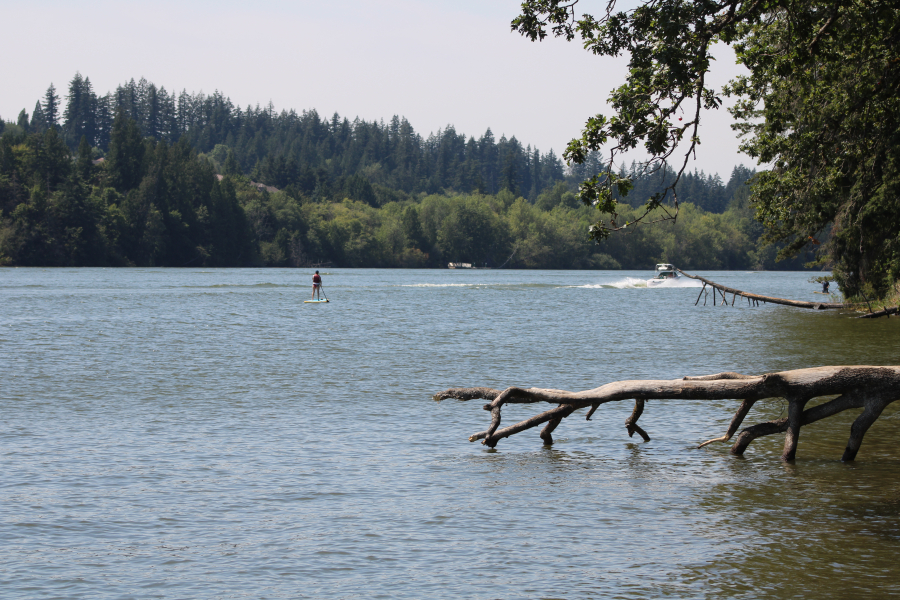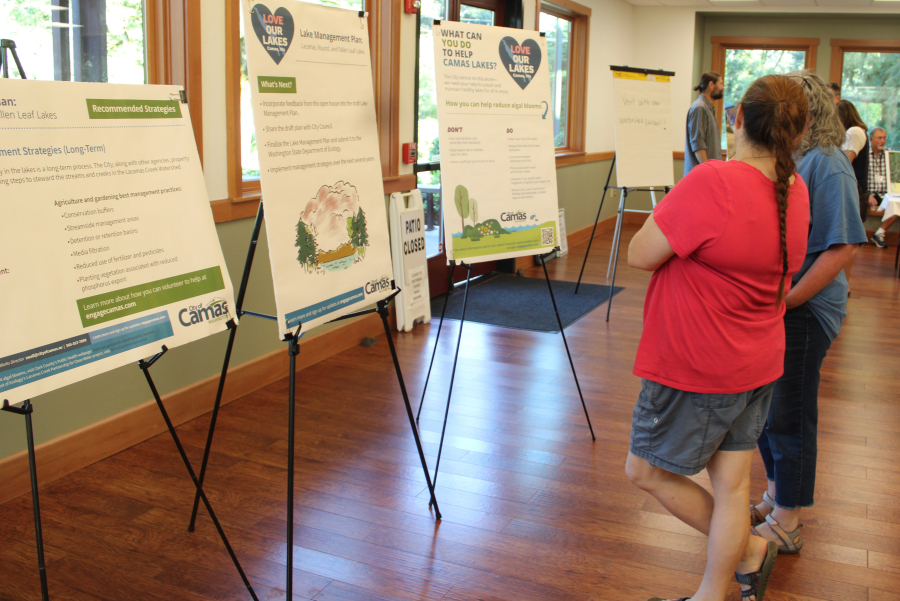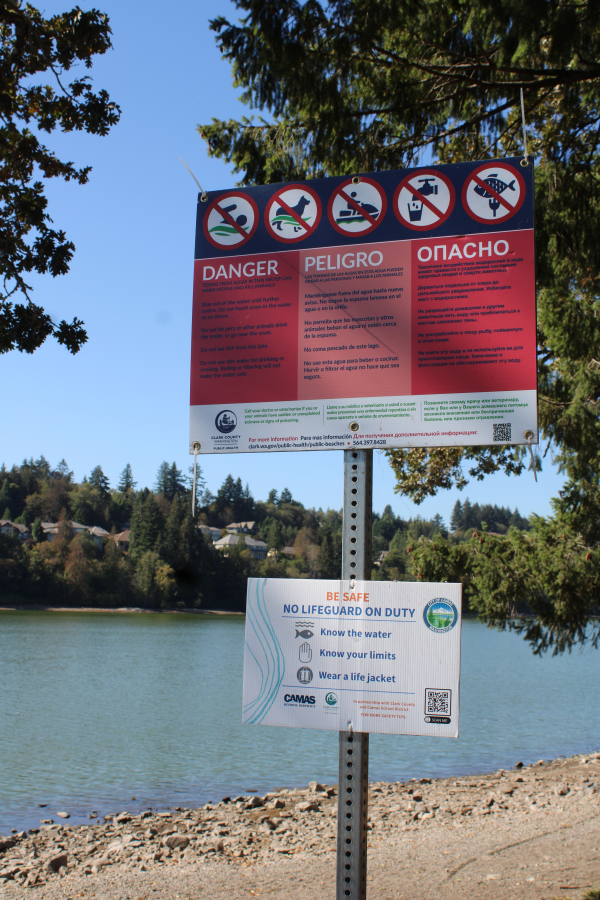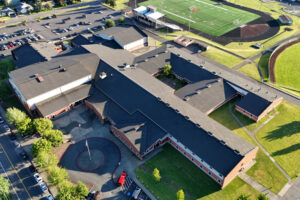Camas and Clark County officials will soon consider an interlocal agreement to work collaboratively on water quality issues impacting the Lacamas Creek watershed and, ultimately, Lacamas and Round lakes in Camas.
The Camas City Council and Clark County Council will consider entering into the agreement early in 2024, and could begin to implement water-quality actions in spring 2024.
“Goals for measurable improvement in watershed and lake health must be set and action immediately taken,” Clark County Councilor Gary Medvigy stated in a news release announcing the interlocal agreement.
A recent Lakes Management Plan completed by the city of Camas showed the Lacamas Creek Watershed, which flows through 67 square miles of agricultural, commercial, residential, industrial and forested lands from Hockinson south to Camas, is the main source of nutrients such as phosphorus and nitrogen that contribute to toxic algal blooms harmful to humans and animals.
“The (Lacamas Creek) watershed is on Washington state’s list of polluted waters, for high bacteria levels, warm water temperatures, high pH and low dissolved oxygen levels,” according to the county’s news release. “Each summer, toxic algae blooms close the lake for recreation and water contact.”






